Urchins are beautiful creatures of the sea that can be found in many places across the globe.
There are over 200 species of sea urchins, and they are still being discovered today.
These creatures are an important part of the ocean’s ecosystem, and unfortunately, certain urchin species face new threats every day.
Here are 9 unbelievable facts about urchins that you probably didn’t know.
The red sea urchin is the largest of the species.
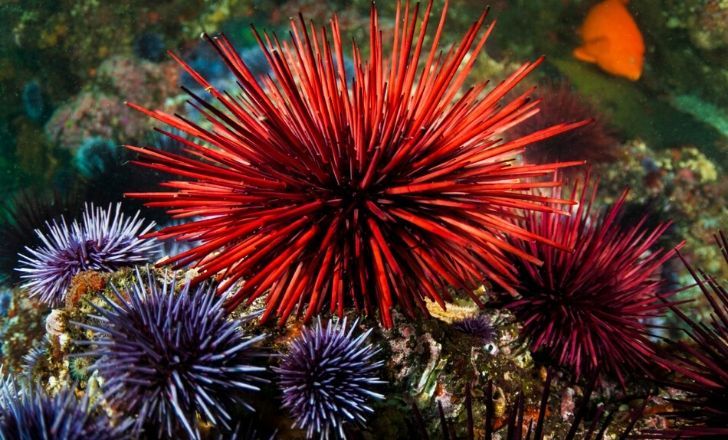
In general sea urchins grow to be around 1.18 inches (3 cm) to 3.93 inches (10 cm).
The red sea urchin is the biggest of the species, and it will enter adulthood when it reaches 1.96 inches (5 cm) in diameter.
It will then continue to grow until it reaches around 3.93 inches (10 cm), whereas most other sea urchins will stop growing around 1.96 inches (5 cm).
The red sea urchin can be found in the North Pacific Ocean, from as far north as Alaska to as south as Baja, California.
They have zero bones in their body.
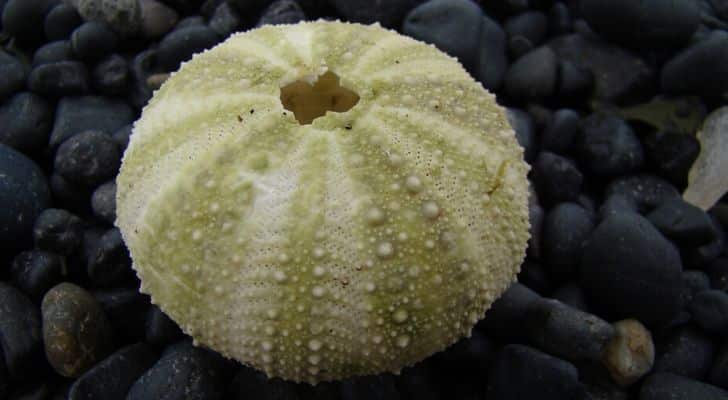
Unlike humans they don’t rely on a bone structure to support their bodies. Urchins have a shell-like structure, which is called a “test.”
The hard shell made from calcium carbonate is similar to that of starfish and sand dollars and is their main form of protection.
The structure consists of small plate segments that enclose the urchin; it looks a bit like the segments of an orange.
As well as the “test,” they have spines that help them protect themselves from predators.
The flower urchin is the most dangerous in the world.
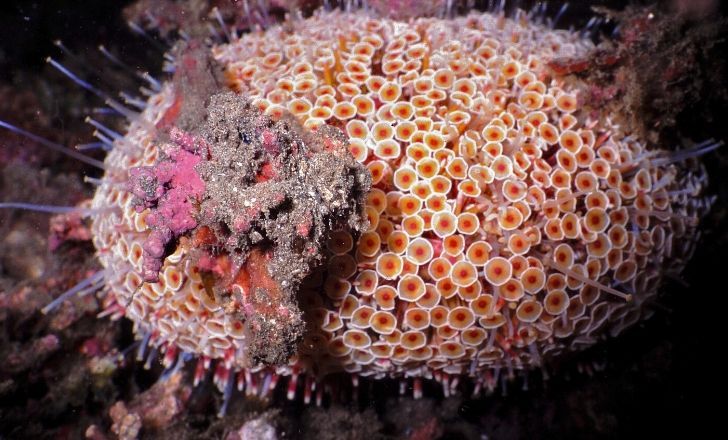
Toxopneustes pileolus, known to most as the flower urchin, is the deadliest of all.
As described in the Guinness Book of Records, the flower urchin contains deadly venom, which can kill a human.
Its venom contains two poisonous elements: Contractin A, which can cause red blood cells to clot and can cause muscle spasms. The other element is Peditoxin, which can cause anaphylactic shock, convulsions, and death.
When a human or animal steps on, touches, or brushes past the flower urchin, its “flower-shaped” spines will break or pierce the skin of the predator.
This means that the venom can then enter the bloodstream.
Although they are a threat, with adequate treatment, you will survive a sting.
The flower urchin is most commonly found in the Indo-West Pacific region.
It is possible for some fish to build up immunity to the flower urchin’s venom.
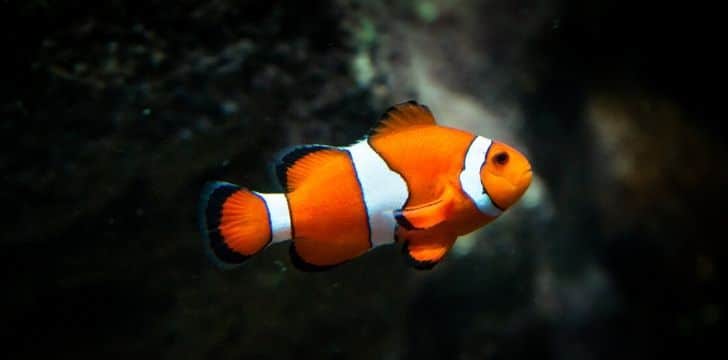
The clownfish is one of the only species that purposefully try to build immunity to the flower urchin’s venom.
Clownfish will dance around the flower urchin, lightly brushing itself against the spines.
This means they are exposed to a small amount of venom but not enough to kill them.
After repeating this a few times, they become immune to the venom.
You might wonder why they choose to do this and the reason is so they can eat the parasites that live on the flower urchin.
This relationship is beneficial to both creatures as the clownfish gets food, and the flower urchin has its parasites removed.
Urchins make for a tasty snack, not just for animals but humans too.
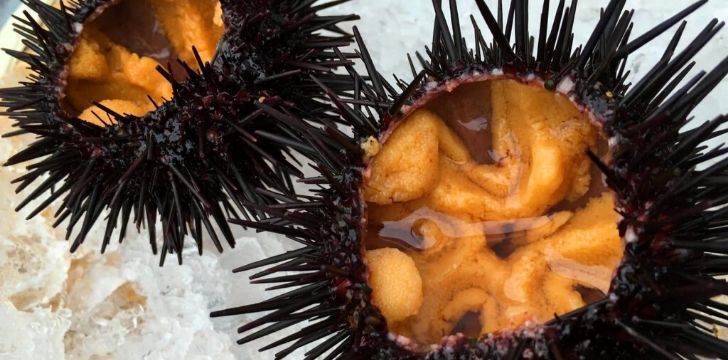
Not only are there species that eat the parasites off of the urchins, but there are also animals that eat them whole!
Sea urchins have quite a few predators, which is surprising given their spines and sometimes venom.
The sea otter is one of their biggest predators; they will eat as many as they can get their hands on.
Some of the most common predators are crabs, large fish, eels, and even birds.
Urchins also have the threat of humans; urchins and, in particular, their roe (eggs) are seen as a delicacy in many places.
This threat has caused a large decrease in the population and has caused some species of sea urchins to become endangered because of overfishing.
A species of sea urchin was discovered through eBay!
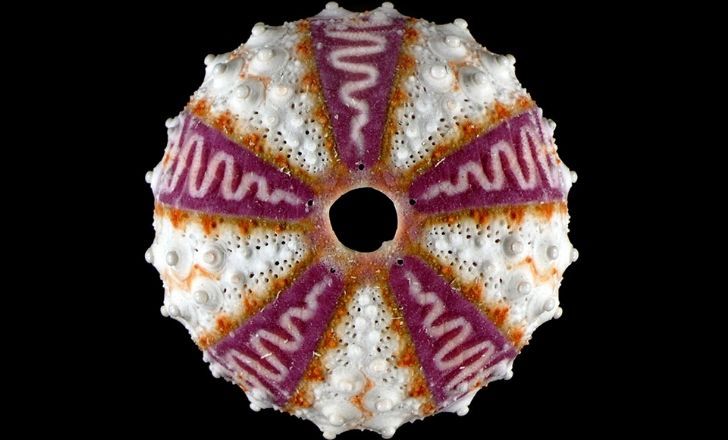
In 2006 British marine biologist Dr. Simon Coppard came across an urchin for sale on eBay that he had never seen before.
He was aware of the species existence since 2004, when a group of budding shell collectors had been discussing online, sightings of the brightly colored urchin.
Coppard was working with The Natural History Museum in London in the department of identifying and naming new species.
He confirmed from the photo uploaded onto eBay that the species was unidentified, making it a new discovery of sea urchin.
After his discovery was published, he was approached about naming the new species.
It was given the scientific name Coelopleurus Exquisitus, also known as The Exquisite Urchin.
This name was given because of its natural beauty and bold colorful patterns.
Sea urchins have just 5 teeth!
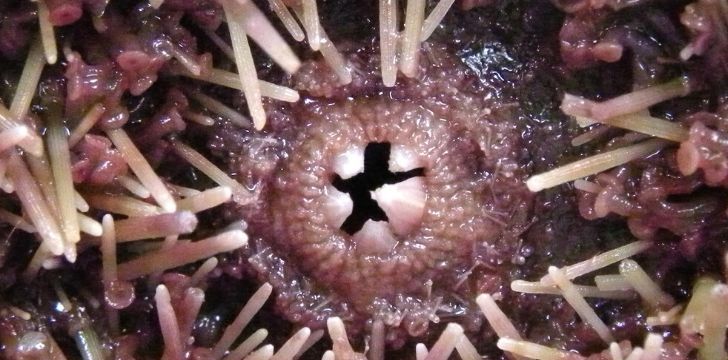
Sea urchins are omnivores with just 5 teeth, which are held together in the center of their bodies.
Each tooth has its own jaw to keep it in place, which allows it to move more freely.
The teeth are made from calcium carbonate, and they have a tongue-like structure alongside them, which gives them a beak-like mouth.
Urchins mostly feed on algae found on rocks or corals, as well as any debris or decomposing matter from fish or sea creatures.
Urchins have hundreds of tiny feet.
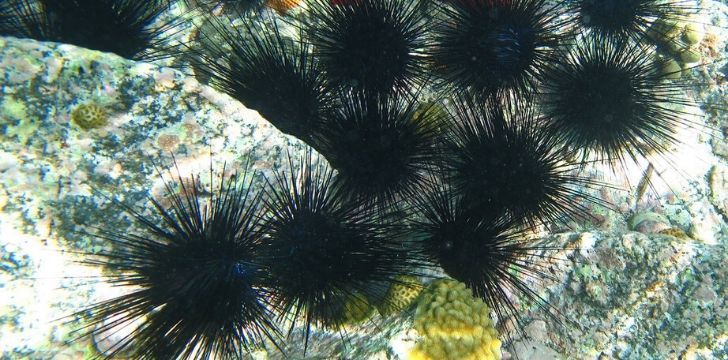
Sea urchins have 5 paired rows of tubular tiny feet called pedicellariae.
These tiny rows are located between the spines.
Each foot is a small sucker-like shape which allows the urchin to grip surfaces in order to pull itself along.
The suckers are also useful to help catch food and attach themselves to the ocean floor.
Sea urchins can live for up to 200 years in the wild.
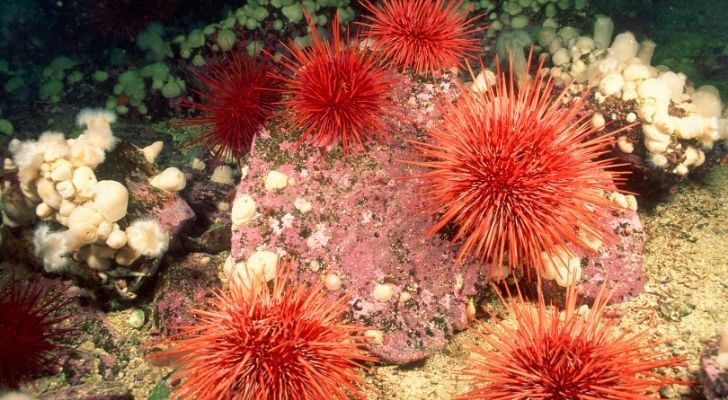
The oldest living species found was the red sea urchin, which was dated to be around 200 years old.
In captivity, their life expectancy is reduced to around only 30 years, while in the wild, it is usually over 30 years.
It is possible that the species was able to live longer in the past, but due to the ever-changing conditions of the ocean, it has become harder for urchins to survive.
Sea urchins will continue to be an important element of the ocean and make up the diet of a large percentage of the ocean.
With increasing human fishing and the oversaturated pollution of the oceans, we are putting these critical species in danger.
Over time, their habitat has been destroyed, and some of the urchin species have been listed as endangered. If we reduce pollution, we might just see a rise in number of this fascinating ocean creature.


















